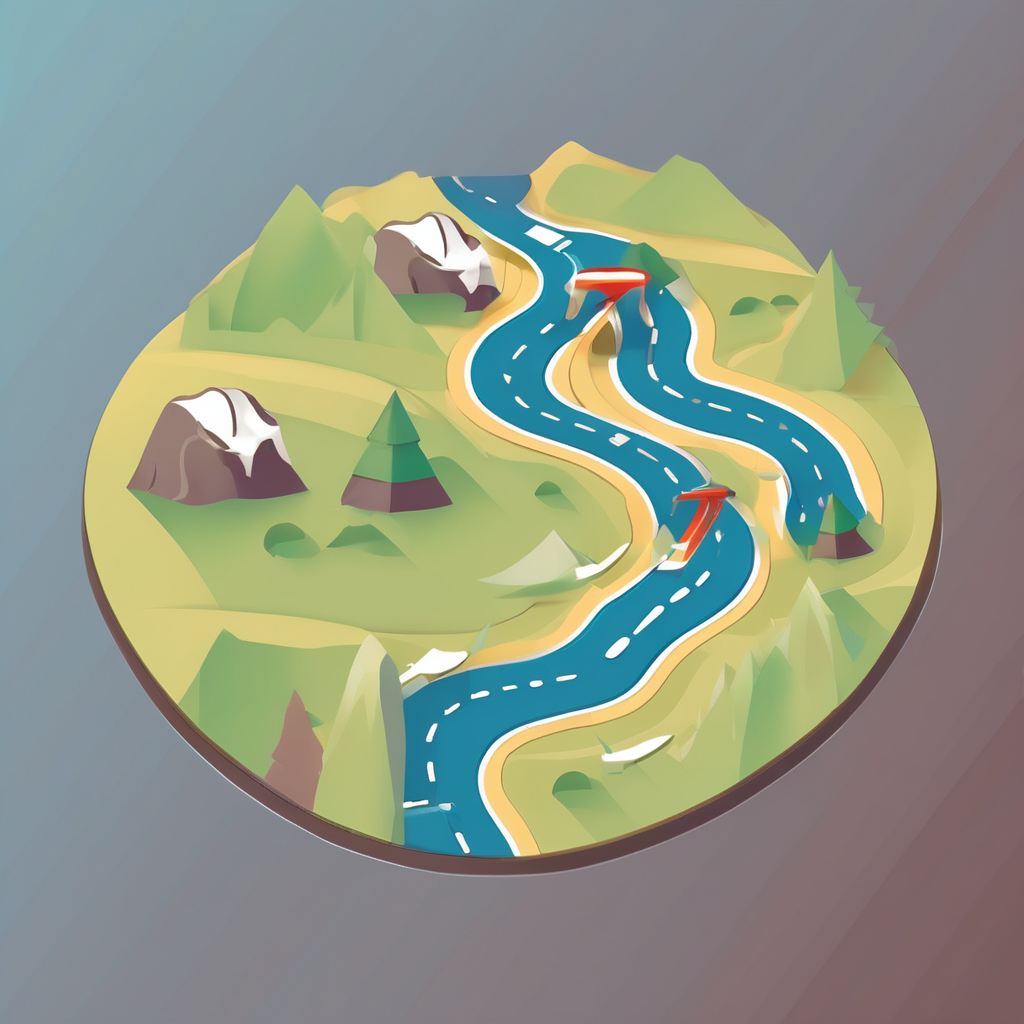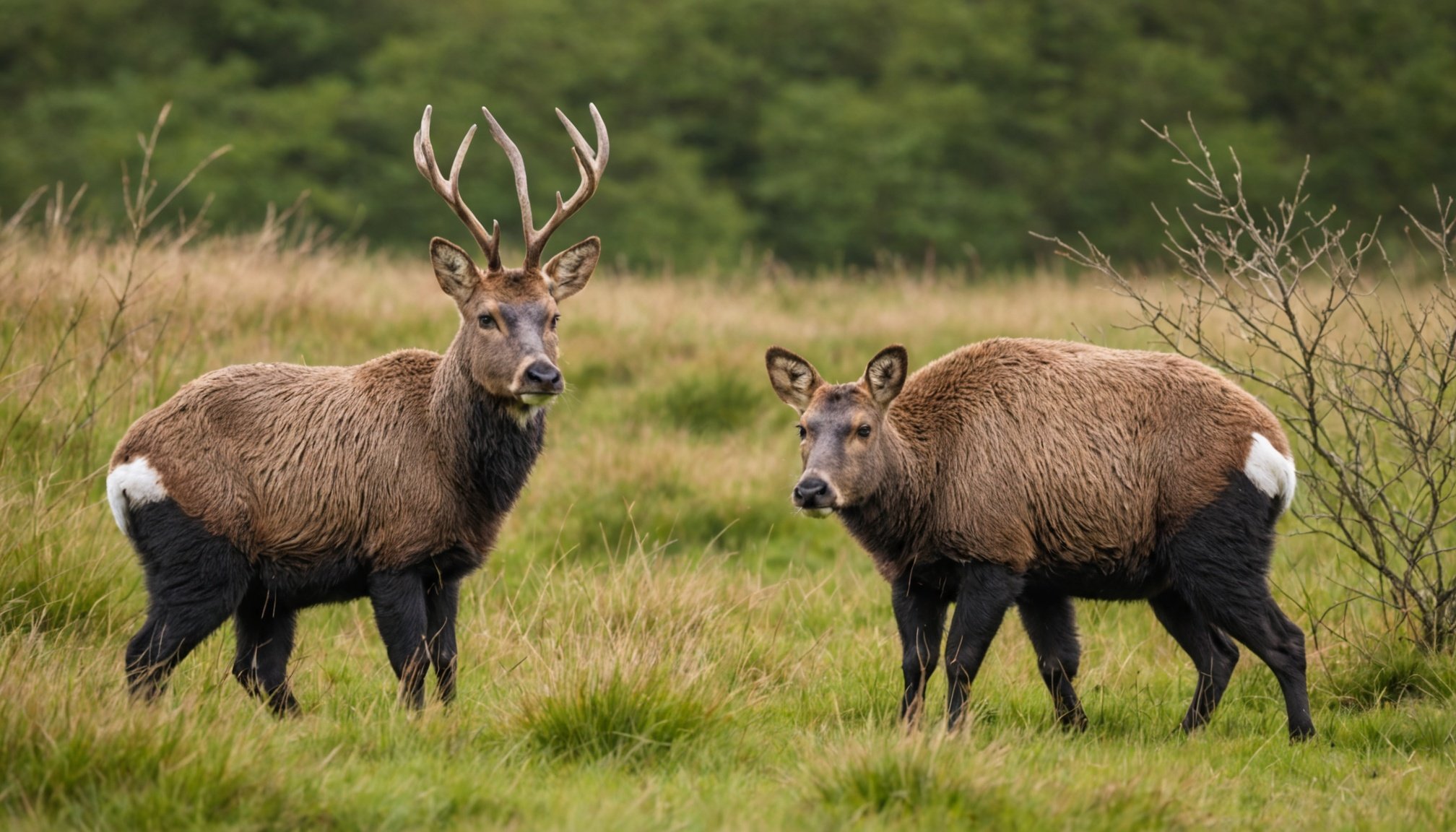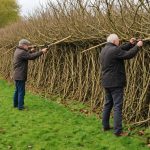Overview of UK National Parks
The UK National Parks system offers expansive opportunities for wildlife tours and nature exploration. With a total of 15 national parks, these areas serve as significant hubs for biodiversity. Each park provides a unique landscape teeming with diverse flora and fauna, vital to the nation’s conservation efforts and eco-tourism industry.
National parks act as guardians of natural beauty and biodiversity. By protecting these regions, the parks are essential in preserving habitats for numerous species. Furthermore, they play a crucial role in safeguarding the ecosystem services that these natural landscapes provide. The presence of diverse biological communities ensures that vital ecological interactions are maintained.
In parallel : Top UK Museums Showcasing In-Depth Exhibits on British Espionage History
For visitors, nature exploration in these parks is more than a leisurely activity; it’s an invitation to engage actively in conservation through eco-friendly tourism. Engaging in wildlife tours allows visitors to appreciate the rich tapestry of life that thrives within the UK’s protected areas. By prioritising conservation, these tours highlight the importance of sustainable practices to maintain the natural habitats for future generations.
These parks not only offer a sanctuary for wildlife but also reduce the carbon footprint by promoting eco-friendly travel, demonstrating the profound connection between natural preservation and human recreation.
Topic to read : Explore the Best UK Museums Showcasing In-Depth Exhibits on British Colonial History
Top National Parks for Wildlife Tours
Exploring national parks is a rewarding experience for those passionate about eco-tourism and observing unique wildlife species. To help you plan your next adventure, we offer insights into some of the best national parks renowned for their wildlife tours.
Alladale Wilderness Reserve
Nestled in the Scottish Highlands, Alladale Wilderness Reserve is a haven for wildlife enthusiasts. This reserve is home to unique species such as the Scottish wildcat and red squirrel. Wildlife tours at Alladale are designed to offer intimate encounters with nature. Visitors can choose from guided walking tours, 4×4 excursions, or even overnight stays in eco-friendly lodges, which enhance the overall experience.
Accessibility to the reserve is relatively straightforward, with visitor facilities catering to guests of varying mobility levels. The eco-tourism initiatives here ensure that guests leave with both memorable experiences and a deeper understanding of conservation efforts.
Cairngorms National Park
Known for its rugged landscapes, Cairngorms National Park is a biodiversity hotspot featuring habitats that support a multitude of rare species. The park plays a pivotal role in preserving species such as the capercaillie and the Scottish crossbill. Conservation efforts focus on habitat restoration and maintaining population sustainability.
Peak viewing times align with migratory seasons, making spring and autumn months ideal for wildlife tours. Expert-guided outings also offer a chance to learn about ongoing conservation projects that underline the park’s commitment to protecting its natural heritage.
Lake District National Park
Famed for its breathtaking beauty, the Lake District National Park offers a plethora of habitats ranging from lush woodlands to expansive lakes. These environments support diverse wildlife, including otters and peregrine falcons. Take part in guided experiences that highlight these habitats, offering both education and amusement.
Scenic spots such as Windermere and Grasmere are recommended for their picturesque views and abundant wildlife. Joining a wildlife tour provides unique storytelling from knowledgeable guides, ensuring a memorable journey through this iconic landscape.
Wildlife Species to Discover
The UK’s wildlife offers an impressive range of biological diversity waiting to be explored. For enthusiasts with a keen eye, both common and rare species inhabit national parks, making species spotting an exciting and rewarding experience. From red squirrels in Scotland to the breathtaking golden eagles in Snowdonia, each region showcases its unique inhabitants.
Spotting these native species isn’t just an adventure. It’s essential for understanding and preserving the UK’s rich biological diversity. Identifying native species helps protect their fragile ecosystems, promoting a balanced environment where wildlife can thrive.
When it comes to responsible wildlife observation, following guidelines is crucial. Respecting nature’s delicate balance is essential to ensure that these habitats remain undisturbed. Here are a few simple steps to follow to minimise human impact:
- Keep a safe distance: Use binoculars or a zoom lens for a better view without encroaching on an animal’s space.
- Subtlety is key: Wear camouflage or neutral clothing to avoid startling animals.
- Stay on designated paths: This reduces the impact on habitats and helps in preserving flora and fauna.
By being aware and responsible, you can create a more enriching species spotting experience, contributing positively to the environment and ensuring the longevity of the UK’s unique wildlife.
Planning Your Visit
Visiting a national park can be a memorable adventure with the right preparation. Below, we provide crucial steps for a successful and enjoyable experience.
Best Times to Visit
Seasonal changes dramatically affect park wildlife and climate. Each park offers unique wildlife activities, such as bear spotting in spring or bird migrations in autumn. Consider climate conditions—some parks might be too hot or too cold during certain months for a pleasant visit. Planning to coincide with seasonal events like ranger-led tours can enhance your experience significantly, offering deep insights into the park’s natural wonders.
Access and Transportation
Accessing national parks is straightforward once you understand your options. Many parks are serviced by public transportation, making them accessible even without a personal vehicle. For those with mobility challenges, parks often have designated routes and facilities to ensure inclusivity. Parking facilities usually accommodate a large number of vehicles, but it’s advisable to arrive early during peak seasons to secure a spot.
Essential Gear and Preparation
Packing effectively is crucial for an enjoyable visit. Essentials include a durable backpack, water bottles, and weather-appropriate clothing. A comprehensive checklist ensures you won’t forget necessities like maps or binoculars. For photography enthusiasts, a camera with versatile lenses is recommended to capture wildlife from a safe distance. When wildlife watching, maintain a respectful distance to protect both the animals and yourself.
Personal Experiences and Anecdotes
Hearing real stories from past visitors can add a layer of magic to any travel destination. Many tourists have shared their enthralling experiences of seeing majestic wildlife up close. Imagine a lioness casually strolling past your vehicle on a safari or a group of playful dolphins leaping in synchronization with the ocean’s rhythm. Such vivid accounts often become the highlight of a trip, sparking inspiration and wanderlust in others.
Review forums are filled with tour reviews highlighting both enchanting and quirky moments. These personal stories not only offer practical insights but often reveal hidden gems and unique visitor experiences. Descriptions of mesmerizing bird migrations or the hushed reverie of nocturnal owls might further deepen one’s resolve to experience these wonders firsthand.
By sharing these anecdotes, past visitors play a crucial role in igniting the curiosity and enthusiasm of future travelers. Those who have already traversed these paths can reach out to fellow adventurers and encourage them to document and share their stories. Such contributions enrich the travel community, making every trip an exploration and every anecdote a potential seed of inspiration for others. Personal storytelling transforms a mere trip into a shared journey of discovery.
Resources and Additional Information
In exploring national parks, a wealth of resources and additional information is invaluable for an enriched experience. Enthusiasts often seek avenues for further reading and deeper understanding of park ecosystems and the role of wildlife conservation.
Official National Park Websites
Accessing the official websites of national parks provides a reliable source of detailed information for planning visits. These sites generally offer comprehensive details such as park regulations, wildlife habitats, trail maps, and current weather conditions. By utilizing national park resources, visitors ensure a well-informed and enjoyable experience. It’s crucial to rely on authoritative sources to avoid misinformation, aligning with sustainable practices for park conservation and visitor safety.
Conservation Organizations
Various conservation organizations operate tirelessly to safeguard wildlife and natural landscapes. These entities not only implement conservation initiatives but also provide opportunities for public involvement. Visitors can contribute through donations, volunteering, or participating in awareness programs. Sustainable tourism practices are underscored by these organizations, highlighting the importance of conscientious interaction with nature. By doing so, travelers help preserve the beauty and biodiversity of parks for future generations. Supporting these organizations can be a rewarding way to give back while enjoying the splendor of nature.
Engaging with these resources lets visitors connect deeply with the natural world and supports invaluable conservation efforts.










